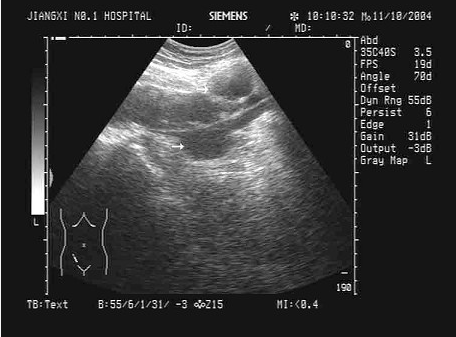Pacing and Pausing
Sara tried to befriend her old friend Steve's new wife, but Betty never seemed to have anything to say. While Sara felt Betty didn't hold up her end of the conversation, Betty complained to Steve that Sara never gave her a chance to talk. The problem had to do with expectations about pacing and pausing.
Conversation is a turn-taking game. When our habits are similar, there's no problem. But if our habits are different, you may start to talk before I'm finished or fail to take your turn when I'm finished. That's what was happening with Betty and Sara.
It may not be coincidental that Betty, who expected relatively longer pauses between turns, is British, and Sara, who expected relatively shorter pauses, is American. Betty often felt interrupted by Sara. But Betty herself became an interrupter and found herself doing most of the talking when she met a visitor from Finland. And Sara had a hard time cutting in on some speakers from Latin America or Israel.
The general phenomenon, then, is that the small conversation techniques, like pacing and pausing, lead people to draw conclusions not about conversational style but about personality and abilities. These habitual differences are often the basis for dangerous stereotyping (思维定式). And these social phenomena can have very personal consequences. For example, a woman from the southwestern part of the US went to live in an eastern city to take up a job in personnel. When the Personnel Department got together for meetings, she kept searching for the right time to break in--and never found it. Although back home she was considered outgoing and confident, in Washington she was viewed as shy and retiring. When she was evaluated at the end of the year, she was told to take a training course because of her inability to  speak up.
speak up.
That's why slight differences in conversational style--tiny little things like microseconds of pause-can have a great effect on one's life. The result in this case was a judgment of psychological problems---even  in the mind of the woman herself, who really wondered what was wrong with her and registered for assertiveness training.
in the mind of the woman herself, who really wondered what was wrong with her and registered for assertiveness training.
1. What did Sara think of Betty when talking with her?
A. Betty was talkative.
B. Betty was an interrupter.
C. Betty did not take her turn.
D. Betty paid no attention to Sara.
2. According to the passage, who are likely to expect the shortest pauses between turns?
A. Americans. B. Israelis. C. The British. D. The Finns.
3. We can learn from the passage that ____________
A. communication breakdown results from short pauses and fast pacing
B. women are unfavorably stereotyped in eastern cities of the US
C. one's inability to speak up is culturally determined sometimes
D. one should receive training to build up one's confidence
4. The underlined word "assertiveness" in the last paragraph probably means ____________
A. being willing to speak one's mind
B. being able to increase one's power
C. being ready to make one's own judgment
D. being quick to express one's ideas confidently



 speak up.
speak up. in the mind of the woman herself, who really wondered what was wrong with her and registered for assertiveness training.
in the mind of the woman herself, who really wondered what was wrong with her and registered for assertiveness training.